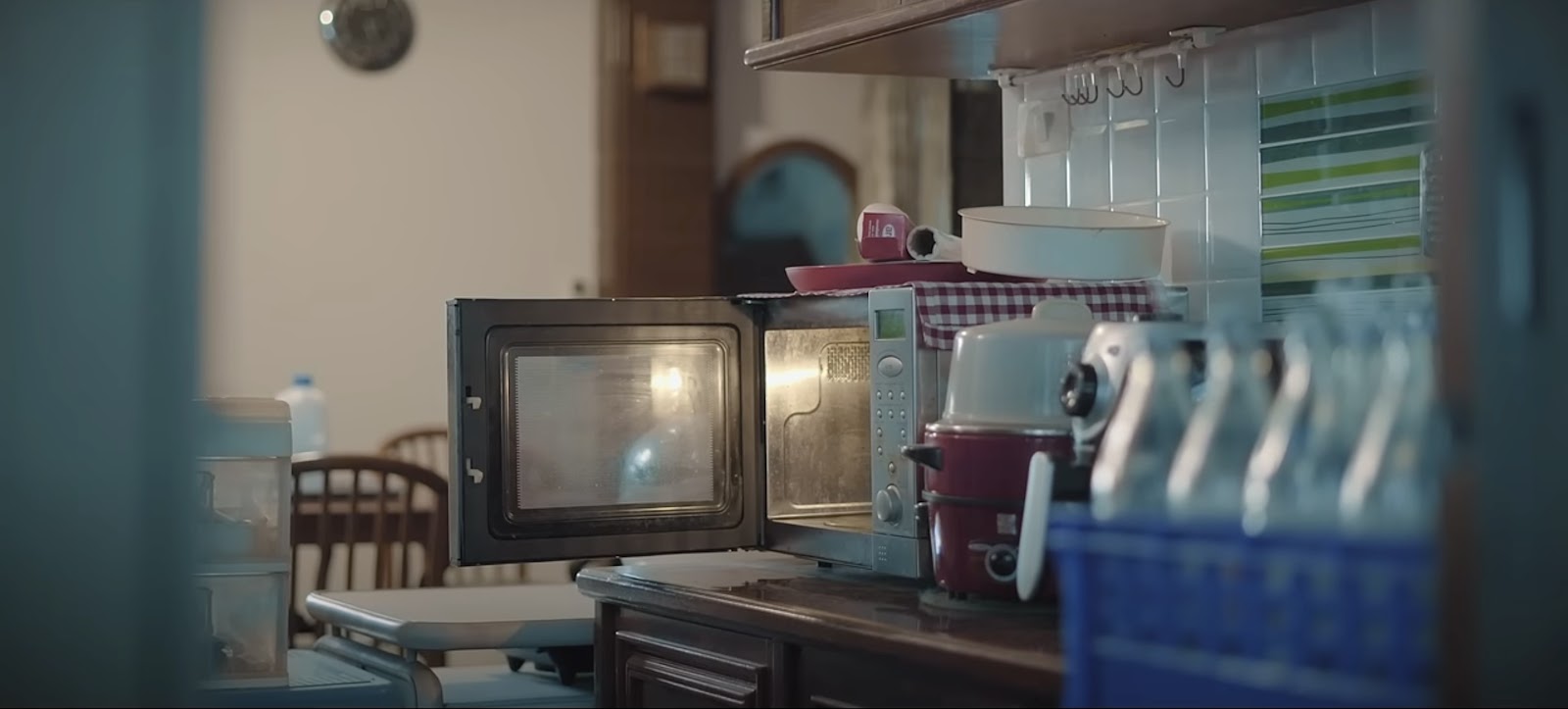'Over' (2015)
Coursework 3
Unlike ‘The Fly’ and ‘Echo’, ‘Over’ does not really have a protagonist. We never properly meet any characters in the film as most of the film is shot at a long establishing shot creating distance between the spectator and the characters. This distance creates a feeling of detachment in the film which could be reflecting the detachment the public feel about tragedy in the media due to the overexposure developed in the digital age. This distance also does allow for use to observe the events as they play out. Only being drawn in for a few close-up shots when clues are given about the events that took place such as the blood being washed off the road, the bloodied personal belongings and the body bag. These enigma codes could be inviting us to play the role of the investigator/detective as we try to piece together what might have happened as we are slowly fed information through these close ups on the key things the director wants us to take note of. We are encouraged by the filmmaker to participate in the decoding of the story. At first, we are positioned to believe that some sort of road accident like a car accident has occurred. However, our expectations are subverted as a body falls from the sky. The misguidance of the enigma codes elevates the shock of what actually took place while also reflecting the shock those that lived there probably felt.
The close-up on the blood being washed off the road adds to the growing feeling of discomfort that arises in the spectator. The flowers also suggest that someone has died acting as a symbol of death, remembrance and tragedy. Apart from a few peculiar moments in the mise-en-scene the day seems traditional and ordinary. The mundane contrasts the unusual event that has taken place. The setting is a traditional housing estate in England constructing a sense of comfort and familiarity in the spectator, but this comfort is thrown out of balance as the absurd but true event takes place. Overall, the camera is stationary further adding to this feeling of calm and stability but is followed by a kinetic camera which causes an uneven pace and an air of uncertainty. The pacing of the film is measured allowing the spectator to take in each moment and reflect of the information that has been presented.
The narrative being told in reverse chronological order significantly impacts the spectator’s engagement and interpretation. It relies on the intrigue from the spectator to keep engagement with this enigmatic film. The unconventional narrative creates fragmented scenes adding to the intensity of the film. Like ‘Echo’ it mirrors the disjointed nature of memory but the detail that is retained. This allows thought as to how time can be manipulated in film to further emotions and themes of the overall narrative.
Due to the limited dialogue, the film focuses on showing rather than telling. The strong visual prompts that fill in for the lack of dialogue show that powerful and enigmatic imagery can reveal lots about themes and narrative. This shows that a film doesn’t need powerful dialogue to have a powerful narrative. The film also maximises the use of ambient sound to create both realism and tension. The sound is critical for creating atmosphere, unease floats in the air but surrounded by the ordinary. Sirens and alarms are used to underscore moments of tension such as when the body hits the car adding to the spectator’s feeling of shock.
This short film is unique to the others as it is based on true events. It also differs as we are disconnected from people keeping us from being able to form connections and intimacy with characters. Whereas in ‘Echo’ and ‘The Fly’ we are placed inside the mindset of the characters allowing us to really understand their development, journey and perspective throughout their films. The perspective we see in Over is our own through an investigatory lens and not a perspective of a specific character.



This is an excellent and comprehensive analysis. Well done!
ReplyDelete